Enhance Your Culinary Skills with Our Comprehensive Guide to Perfectly Tender Slow-Cooked Beef
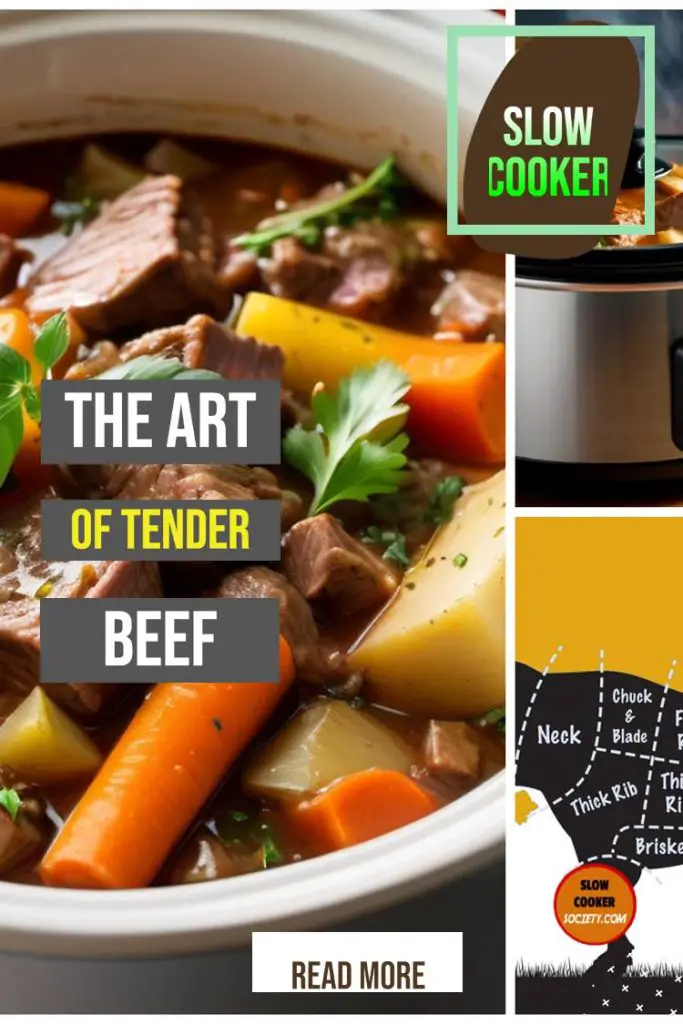
Slow-cooking beef can result in tender, flavorful dishes that melt in your mouth. However, achieving that perfect tenderness can be elusive. This guide explores why beef may not turn out tender in the slow cooker, identifies the most tender cuts of roast beef, evaluates whether gravy beef gets tender, and provides practical tips to ensure your beef is always tender in the slow cooker.
Why Is My Beef Not Tender in the Slow Cooker?
Several factors can contribute to beef not being tender when cooked in a slow cooker:
- Cut of Beef: Not all cuts are suitable for slow cooking. Lean cuts like sirloin or tenderloin can become tough and dry when slow-cooked. These cuts lack the connective tissue that breaks into gelatin during slow cooking, which is essential for tenderness.
- Cooking Time and Temperature: Slow-cooking beef at too high a temperature or for too short a time can prevent the breakdown of collagen, the protein that makes meat tough. The collagen needs time to convert to gelatin, which happens effectively at lower temperatures over longer periods.
- Insufficient Moisture: Beef needs adequate liquid to stay moist and tender in a slow cooker. Without enough liquid, the beef can dry out and become tough.
- Overcrowding the Slow Cooker: Overcrowding can lead to uneven cooking. Each piece of beef needs enough space for the heat and liquid to circulate properly.
- Incorrect Preparation: Failing to brown the beef before slow cooking can impact the final texture. Browning adds flavor and helps to seal in moisture.
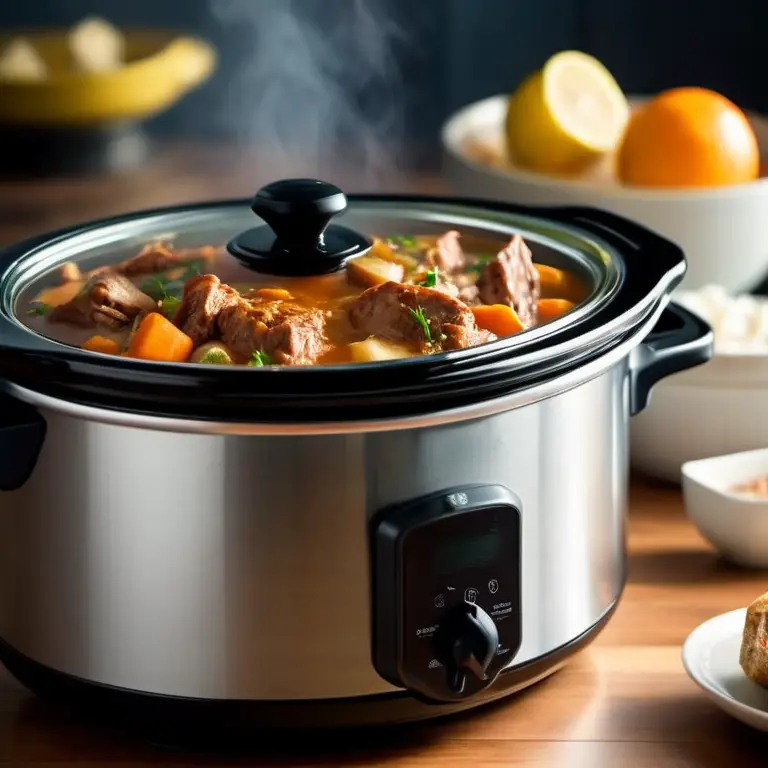
What Is the Most Tender Roast Beef?
When it comes to choosing a cut of beef that will result in a tender roast, certain cuts stand out:
- Chuck Roast: This cut is often considered the best for slow cooking. It has a good amount of marbling and connective tissue, which break down and become tender when cooked slowly.
- Brisket: Renowned for its rich flavor and exquisite tenderness when slow-cooked, brisket requires a long cooking time at low temperatures to achieve the desired texture.
- Bottom Round Roast: While this cut is leaner, it can still become tender when cooked properly in a slow cooker. To maximize tenderness, slice it thinly against the grain. This cut is part of the “Rump” area on the diagram, typically derived from the hindquarters of the cow, which is represented towards the back of the silhouette.
- Shoulder Roast: Similar to chuck, shoulder roast is flavorful and tender when cooked slowly and moist. This cut is part of the “Chuck & Blade” area on the diagram, coming from the shoulder region of the cow, located towards the front of the silhouette.
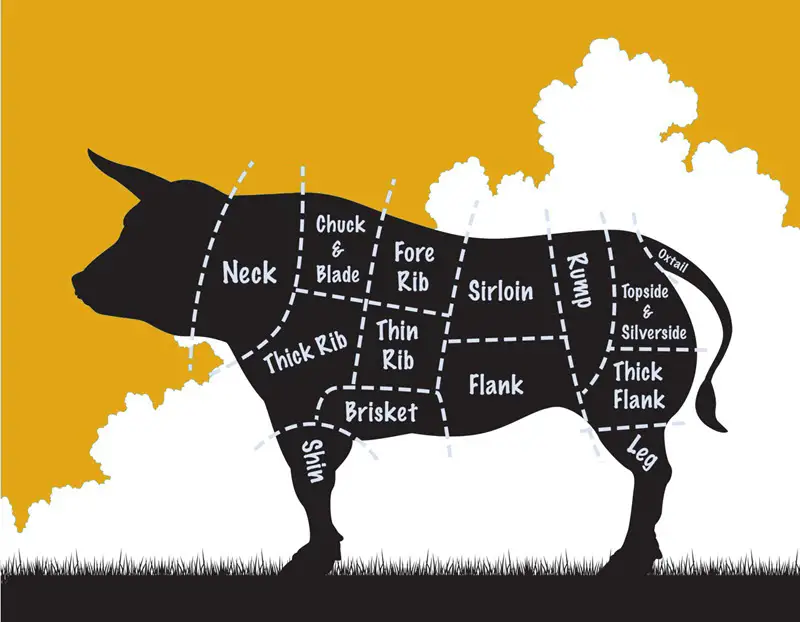
Does Gravy Beef Get Tender?
Gravy beef, often called stewing beef or beef stew meat, consists of small chunks cut from tougher parts of the cow, like the chuck or round. These cuts are ideal for slow cooking. When cooked over a long period, the connective tissue in gravy beef breaks down, resulting in tender, juicy pieces of meat. It’s crucial to cook gravy beef with enough liquid to keep it moist and to allow the collagen to transform into gelatin, enhancing the tenderness and creating a rich, flavorful gravy.
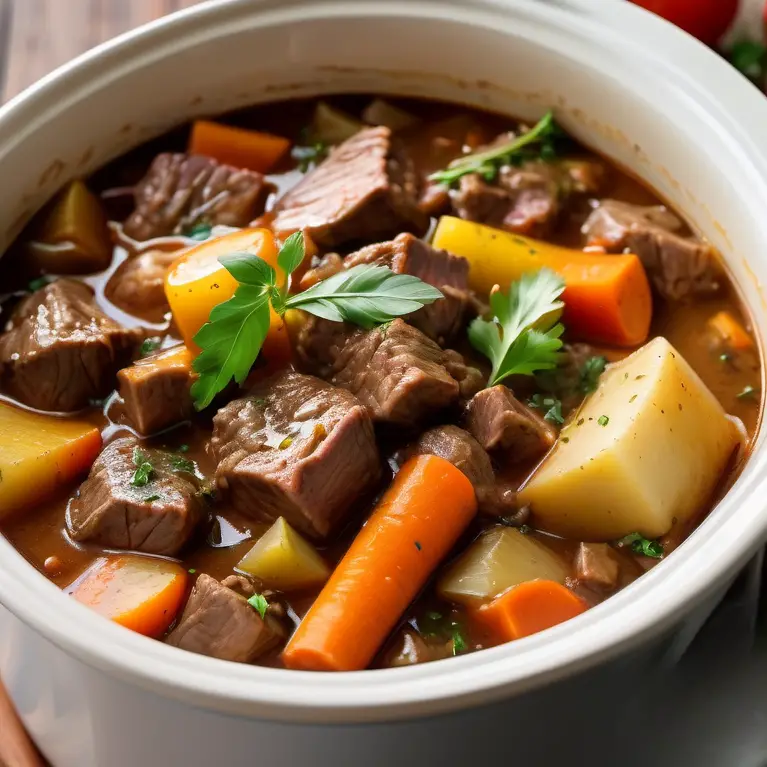
How Do I Make Sure My Beef Is Tender in a Slow Cooker?
Achieving perfectly tender beef in a slow cooker involves several key steps:
- Choose the Right Cut: Opt for cuts like chuck roast, brisket, or shoulder roast, which contain adequate fat and connective tissue to become tender when cooked.
- Brown the Beef First: Browning the beef before slow cooking enhances flavor and helps seal in moisture. This step is especially important for leaner cuts.
- Use Enough Liquid: Ensure there is sufficient liquid in the slow cooker. Using a liquid is crucial for creating steam, which is essential for breaking down collagen and keeping the beef moist. Common liquids include broth, wine, beer, or a mixture.
- Cook Low and Slow: Set the slow cooker to a low temperature and allow plenty of time for cooking. Generally, 8-10 hours on low is recommended for tougher cuts. Avoid using the high setting as it can lead to tougher meat.
- Don’t Overcrowd: Give each piece of beef enough space for the heat and liquid to circulate. Too much food at once can lead to uneven cooking and tougher meat.
- Add Vegetables: Including vegetables like onions, carrots, and celery can add flavor and moisture to the cooking environment, further helping to tenderize the beef.
- Check for Doneness: To check if the beef is done, use a fork to test it.. It should easily pull apart when it’s done. If it’s still tough, let it cook longer.
- Rest Before Serving: Let the beef rest in the slow cooker, uncovered, for a few minutes before serving. Allowing the juices to redistribute helps make the meat more tender and flavorful.
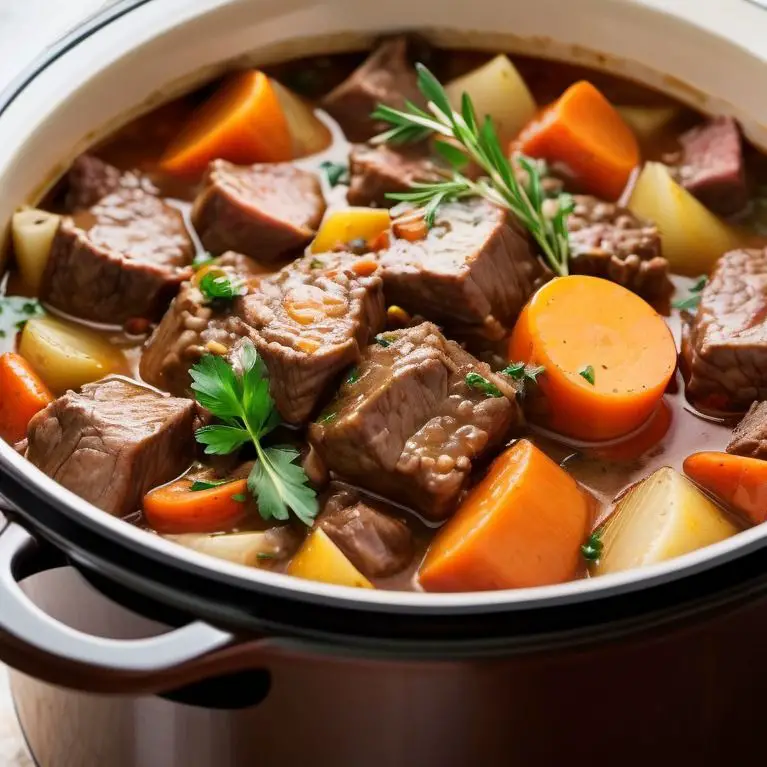
Conclusion
Tender beef in a slow cooker results from choosing the right cuts, proper preparation, and patience. You can consistently achieve deliciously tender slow-cooked beef by understanding why beef may not become tender, selecting the most suitable cuts, and following essential cooking tips. Whether making a hearty stew, a rich brisket, or a succulent pot roast, these guidelines will help you make the most of your slow cooker and enjoy perfectly tender beef every time.
Make sure to like and share this post.
Take care!
Want to try these Delicious Beef Recipes?
Simply The EASIEST Beef Pot Roast You Can Make… Easy as 1, 2, 3.
Tasty Slow Cooked Beef Roast Recipe in Dutch Oven
How to Make a Mouth-Watering Slow Cooker Beef Stew
